Humans have been trying since ancient times to explain what is happening around them and as we build our interpretations and analyzes today based on scientific methods and specific principles our ancestors resorted to myths and stories to explain the incidents around them in proportion to the tools sciences and imaginations they possessed.
Cultures around the world are full of these various stories, some of which we still pass between us, even if that is to enjoy those stories and the creativity they carry. Despite the differences that we may find between stories and myths from one country to another and from one civilization to another, it seems that the plots and characters intersect and are similar in essence.
This is what we will see today in our article about this one-eyed creature, which aroused the interest of researchers and historians until they discovered where the human imagination created this monster.
This mythical being is not different from what we talked about in terms of similarities and differences between many beliefs and cultures over the ages;
While his name and description change from one culture to another his lonely eye remains a distinguishing mark and perhaps his stench as well In this article we will cover the description of the object across different cultures and the source believed to be the origin of this creature.
The antichrist in the Abrahamic religions
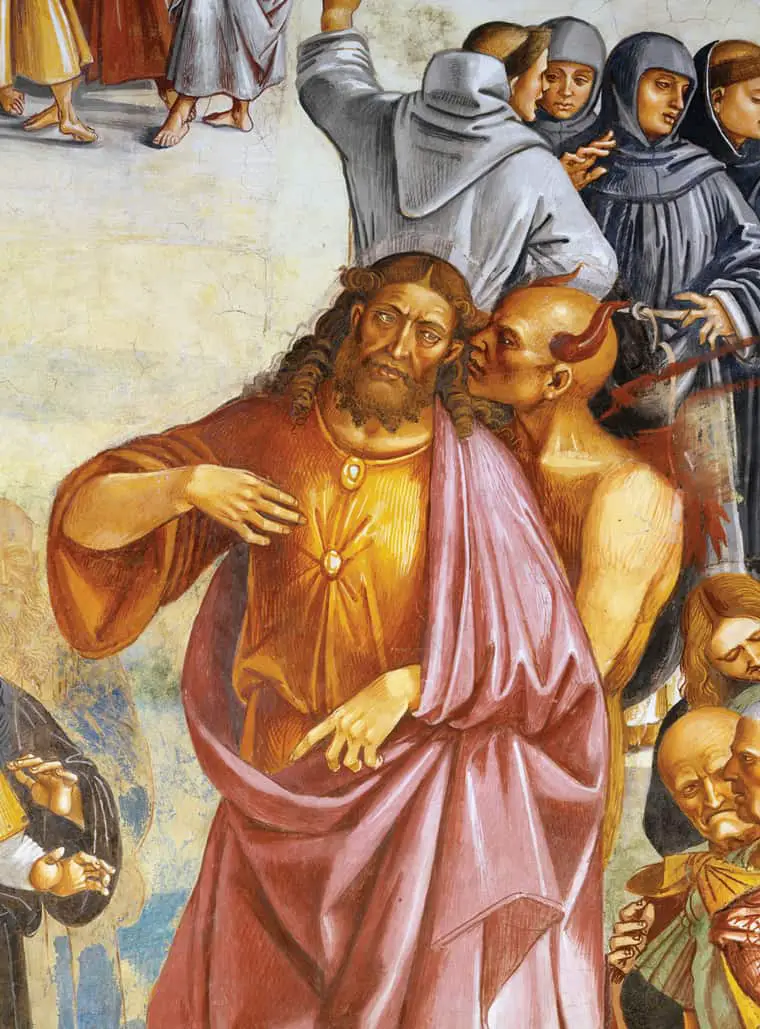
It is also called the Antichrist, and it is mentioned as one of the signs of the Resurrection.
The description of the one-eyed differs between the three religions, and according to the Islamic religion, it is described as having red curly hair, and it is not known whether he is a male or female, and written on his forehead the word infidel that only every true believer can read.
But the most important thing about which the description differs across narratives and hadiths in Islam is whether this antichrist was blind in his left eye or in his right eye.
The hadiths narrate that this being will pretend to be the Messiah Jesus son of Mary and then be pursued to be killed at the hands of the true Messiah.
What is described according to the Christian religion that he will sit in a temple claiming that he has divine authority and will perform false miracles to convince people of what he is and wreak havoc on the earth.
Cyclop in Greek Mythology
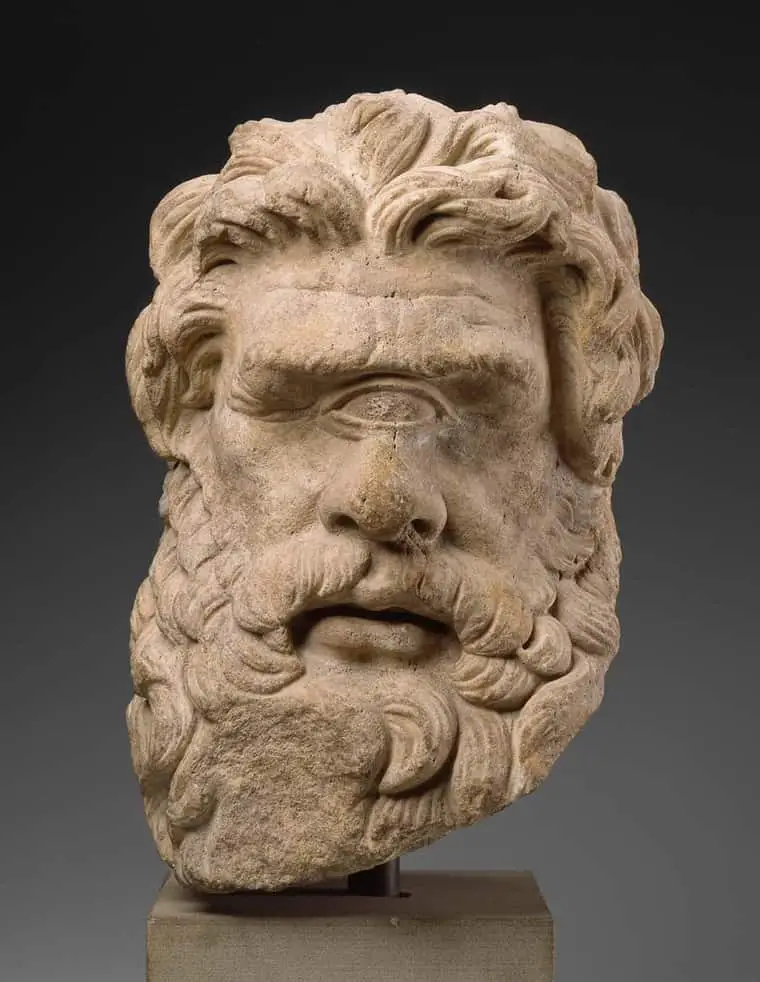
The word (Cyclop) means round the eye, and these beings appear in Greek mythology as a distorted race of giants that gave birth to (Gaia), the goddess of the earth, from (Uranus) the god of the sky.
Their nature differs according to the narrator, as they appear in Homer’s books as livestock keepers and cannibals, living a non-civilized life, while (Hesiodus) makes them capable craftsmen and skilled craftsmen and states that they were the ones who made the father of the gods (Zeus) his thunderbolts, and then they became workers for (Hephaestus) God of blacksmithing, fire and industry.
Hitotsumi – kuzu in Japan
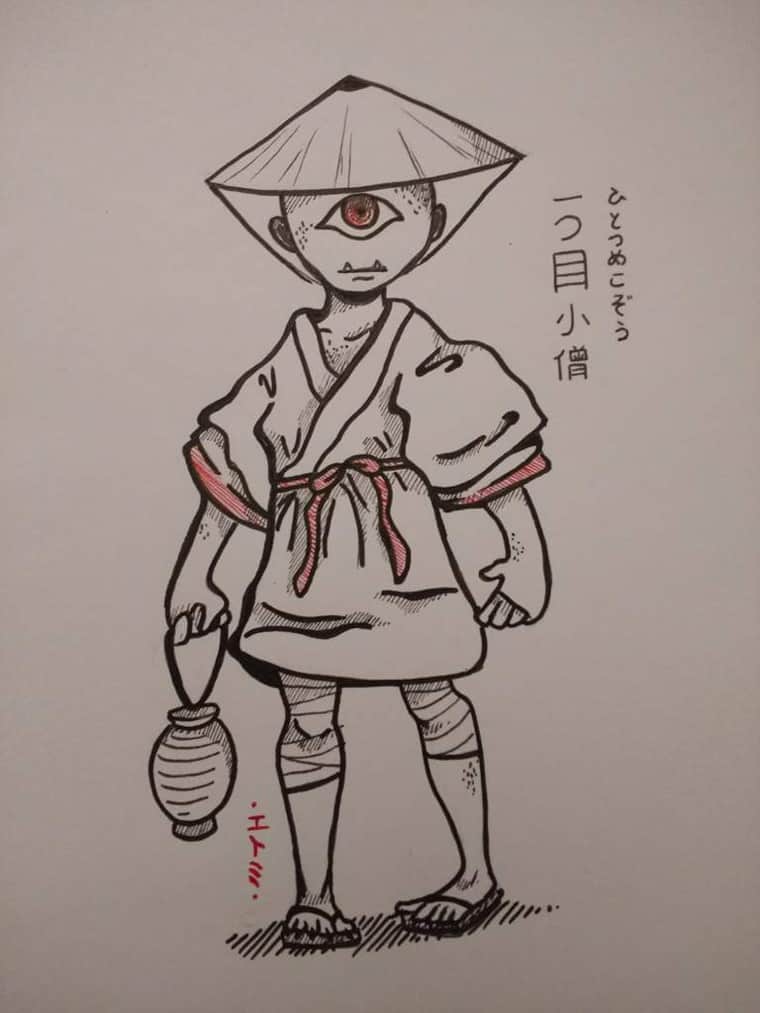
This creature is so peaceful compared to the rest of his eyes, we even know that his favorite food is tofu.
This creature takes on the appearance of a monk and appears to people to surprise them.
He is known to carry a notebook with him always and wanders around the houses to check the door and window locks, to make sure of the good manners of the owners and to write down what mistakes they make, to report them to Yakubiuigami, the god of the plague, to bring bad luck to the homeowners of bad repute.
One of the traditions of Japan’s Kanto region centers on conducting a ritual in which notebooks are burned as an initiative to avoid misfortune.
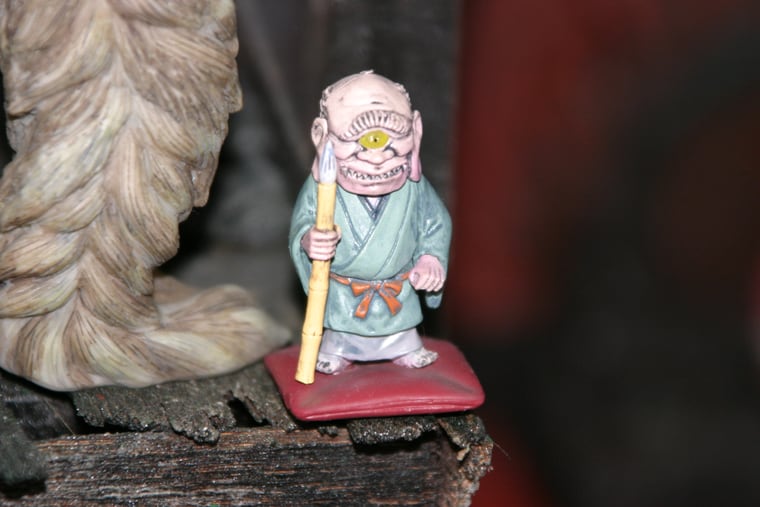
Photo: JapaneseClass.jp
There is also Hitotsumi Nyudo which is also a mythical being or yokai as they are called in Japanese folklore meaning ghost or spirit This being is a monster with one eye as well and may be embodied in the form of a fox but both beings often take the form of a monk and sometimes with one foot as well .
Mapingari in the Amazon forest
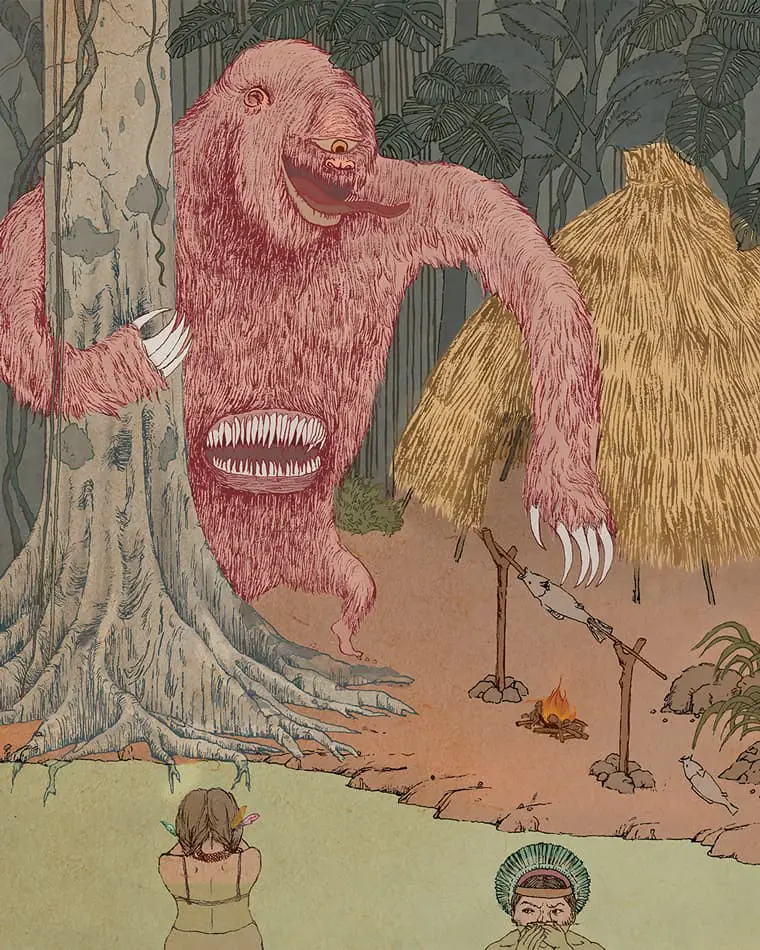
According to the myths of the peoples who settled in Brazil, this creature was in the past a shaman in the Amazon forests who happened to fall on the key to immortality, but this discovery and taking the opportunity to live forever provoked the wrath of the gods and their anger, which prompted them to punish him by turning him into a monster, and here the controversy begins in this story , As stories differ about whether this creature was a giant sloth or a human giant with thick hair with one eye.
Myths say that its scent alone is enough to make a person lose consciousness, that his skin is like the skin of a caiman (which is a tropical American alligator) and that he has a mouth in his stomach that reaches his stomach immediately.
Papingware in Australia

The scent of this one-eyed giant will make you crazy too. This creature appears in the myths of the aboriginal people of Australia and reaches a length of 6 meters.
It is said that this creature feeds on the bodies of the dead and drinks from the blood of the sick until their veins dry up, and then it is released like a meteor in the sky to spread diseases and epidemics wherever it goes.
And other accounts mention that the meteors that appear in the sky are “Babingware”, he moves with a torch in his hand. This creature can control its size and get smaller and bigger as it likes, and this feature helps it enter the bloodstream of its victims to drink the last drops of their blood.
Tebeguz in Turkey
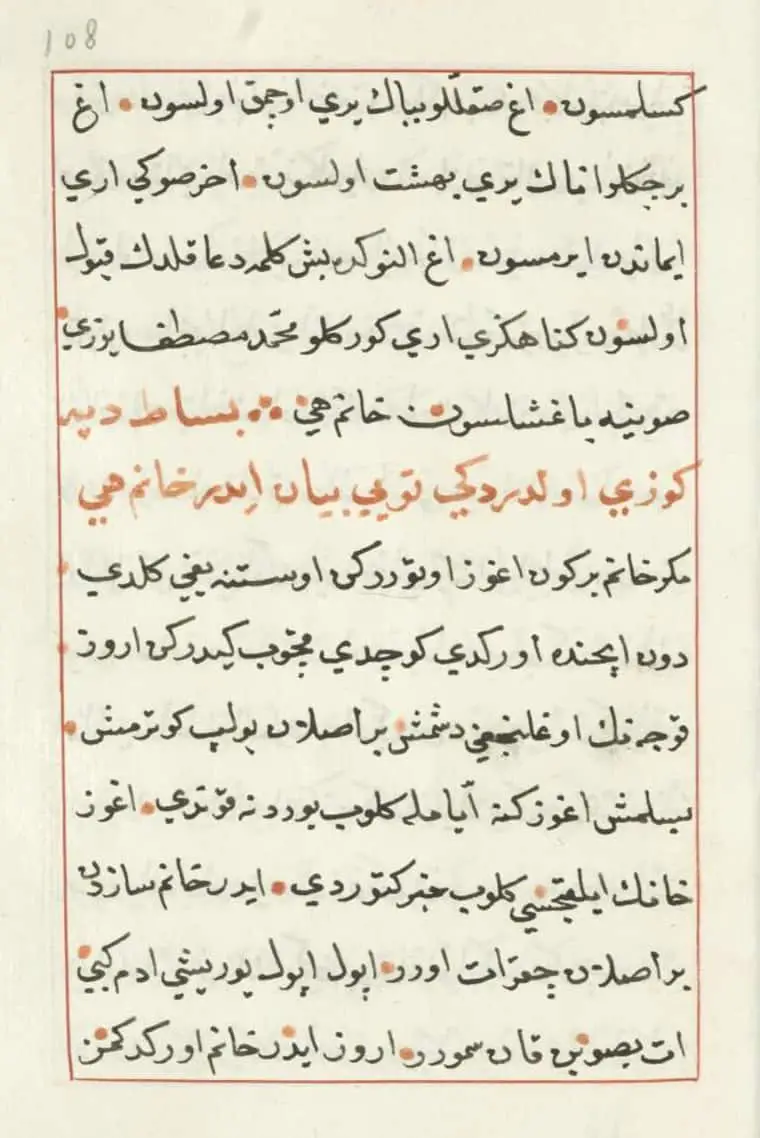
Image: Wikipedia
This creature appears for the first time in the oldest mythical epic known to the Oghuz Turks, the book “Daddah Qorkut”. Two copies remain of this book, one in the Dresden Library containing 12 mythological stories, and the other in the Vatican containing 6 tales.
One of the stories tells the story of Tippiguz as follows: One day, a shepherd finds a nymph who has just given birth, and as he approaches the infant to see him, he finds a monstrous mass of flesh and is scared and flees.
Then one of the khans of the Oguz comes and finds the nymph and her baby, and while he is terrified by the appearance of the lump of flesh, he does not flee, as he sniffs, and a young, one-eyed boy appears from her.
The Khan tells the Siren that he will take her son and take care of him The Khan had another son and thus he raised them together as two brothers and the older the one-eyed boy the Khan realized that he had made a mistake in adopting it until one day came and the one eyed bites the nose and ears of his half brother and as a result of that the boy is expelled from the house to wander the prairie and becomes fiercer and more brutal as he grows up and when he starts By destroying everything around it the residents decide to get rid of it but they fail to do so as the one-eyed skin is thick neither a sword nor a spear penetrates until Daddah Qorqoot decides to go out to stop it .
Indeed, he goes to meet him and asks him to leave his people alone, but (Tebeguz) asks for that 60 people every day, and he refuses (his) and offers him two men and 500 sheep, so the one-eyed agrees. So that his half-brother could finally stop him, and he killed him with a blow on his eye and a magic sword that he used to cut off the head of (Tebeguz) and rid his people of it forever.
Where did this creature come from?
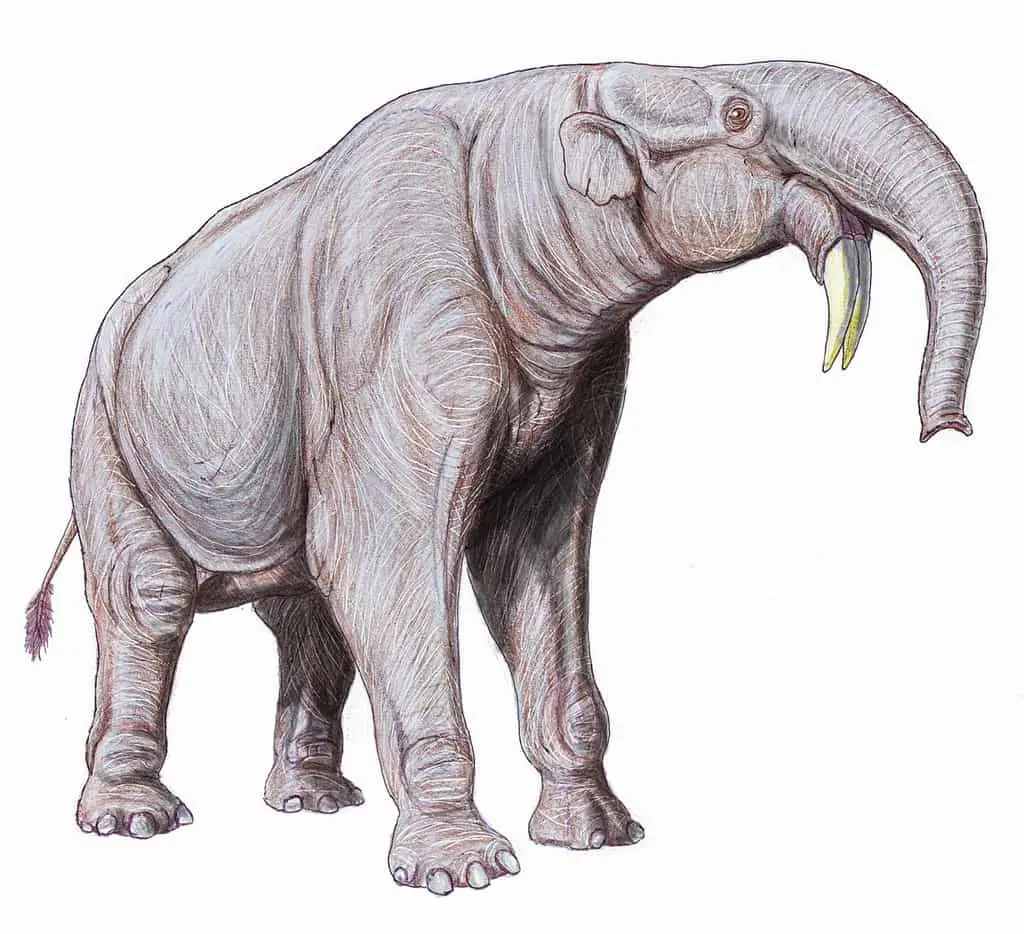
Image: Wikipedia
Research indicates that the inspiration of this wondrous creature, with its different details across cultures and peoples, is a creature that wandered around the earth in ancient times and is known as (Denotherium Jagantum), which translates into “the terrible animal”, and these creatures are called in Arabic as Denotheria.
This creature is very similar to elephants, and it is more likely that it is a relative of elephants, as it belongs to the Trichomonas family, except that Nabih is located in its lower jaw and reaches a height of about 5 meters.
This creature became extinct more than a million years ago, so how did it happen to inspire these cultures?
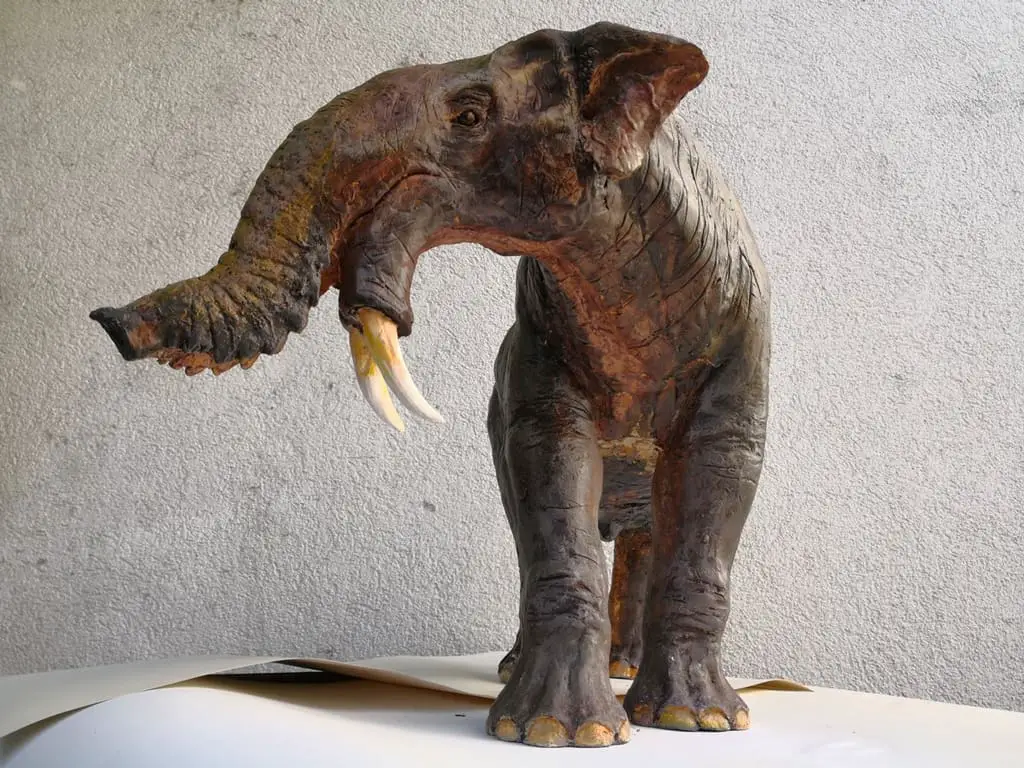
Photo: Zlatko Smiljanić / Twitter
In fact, it is believed that his remains are what inspired the legend of the one-eyed giant.
The skull of this object contains a large void in the middle of it.
Today we know of course that this vacuum is the result of the existence of the hose before it decomposes, but our ancestors decided to let their imagination run wild as they did when they interpreted many other phenomena such as the occurrence of volcanoes, earthquakes, water scarcity etc and it was the closest they could.
They explain to him those gigantic remains whose existence they attribute to a crushing, destructive and bloody monster wreaking havoc on the earth but the truth is that Denothirim was a vegetarian and a skilled swimmer and here the myth of the stench is broken.